Today we’re comparing a classic to its successor, the Hugo vs the Hugo 2.
Disclaimer: I purchased the original Hugo second hand from a fellow audiophile early last year. The Hugo 2 was provided me from Chord Electronics directly. Special thanks goes to Edd Harris, the Marketing Manager of Chord, for providing me the sample.
[responsivevoice_button]
Intro
We’re not always going to review some hot shots are we? I love paying tributes to some old gems in my articles. Although I haven’t done that for quite a while since the review of The Dark Knight, now I’m happy to do that once again. Below you can find a few examples of “old gem” articles. These products became even older since I wrote about them though:
I know many people still use the original Hugo, and even some of my friends have it in their collection. They’re few, and some of them already switched to the 2nd version like many audiophiles. Nevertheless, there are people out there who keep it and cherish it.
The Hugo still offers something special, something that you can’t just go and find everywhere. It’s not easy to find anymore. You need to check the used market for that, just like I did in 2019. But I feel great to have it and pairing it with my speakers and IEMs.
The review of the Hugo of course was written by Lieven back in 2015, basically when I was a reader of Headfonia instead of being a writer.
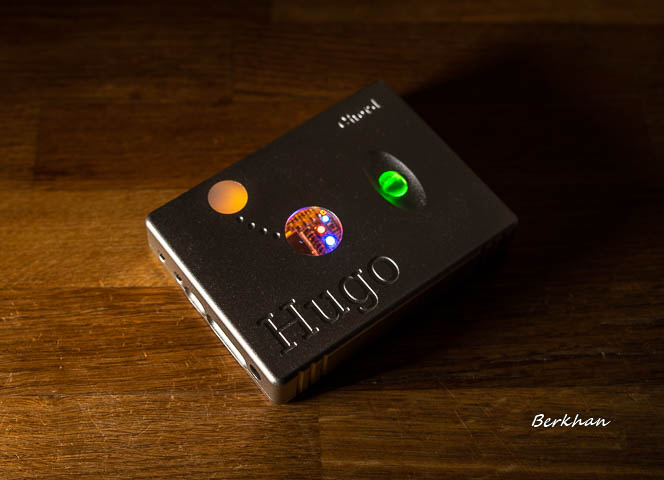
Hugo vs Hugo 2
“You Go” – A Game Changer
The original Hugo was no doubt a game-changer in personal audio. It was a great hit for Chord Electronics as well. In fact, it wouldn’t be too wrong to think that it is the device that carried Chord Electronics to glory. Almost everyone became aware of the Chord brand name because of Hugo. It allowed the brand to expand and make its mark on personal audio. They have always been a serious brand when it comes to sound and engineering, but the Hugo gained a huge popularity and the company continued to rise ever since.
For its time and its size, the Hugo had a lot of outputs which the user can utilize with several devices. It was also compact with a nice aluminum casing, which means you can carry it anywhere. It had good battery life as well. To be honest, it really redefined the transportable audio quality and usability. It could drive a lot of headphones, and certainly could handle sensitive IEMs with success.
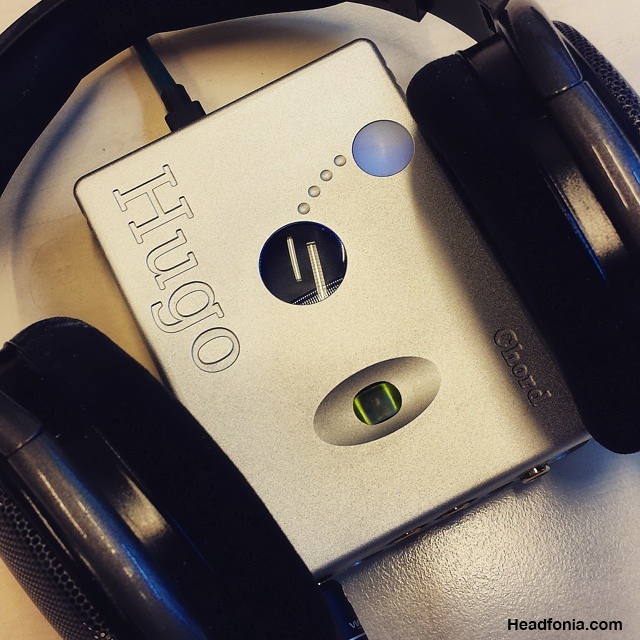
I’m not going to give some boring details and numbers about it of course. You all know what Hugo does with its inputs/outputs and supported file codecs. However, one thing should be mentioned and that is Chord’s DAC technology that they still use today. That is the FPGA DAC which reaches up to 26K taps with its digital filter. That was a high number back in the day, and it was enough to keep the Hugo as the best portable DAC for a long time.
The Hugo is a unique device for another reason too (at least for me): You can connect two headphones (up to three with the 6.35mm socket) to it simultaneously. That way you can share the experience with your friends, and you can also compare earphones/headphones very quickly.
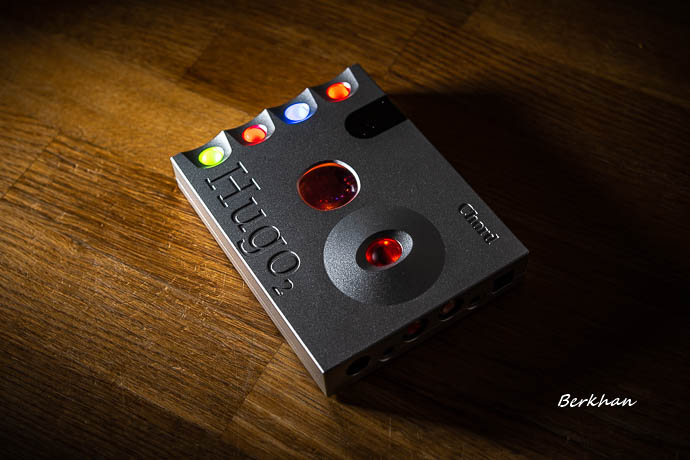
Hugo vs Hugo 2
Hugo “the 2nd”
The Hugo 2 arrived with a sleeker design, a more rounded approach compared to the rawness of the Hugo. Of course it wasn’t just the looks, the inside had some changes and advancements as well. The DAC design has been improved greatly, allowing to reach 49,152 filter taps. That allowed Hugo 2 to be an exceptional device in terms of resolving the little details in the music, making it a lot more refined with a better sense of stage.
Of course, the user experience is overall better with the new iteration. The volume wheel is softer and easier to work with. The charging port was changed to micro USB, and the switches on the Hugo were transformed into illuminated ball-buttons. The cross-feed filter was retained but there was another X-PHD filter that the user can utilize. This was a nice addition, allowing to have different sound signatures with slight changes.
The unique simultaneous headphone outputs was also there. This time there were two outputs; one 3,5mm and one 6,35mm.
Continue to sound comparison on Page Two.





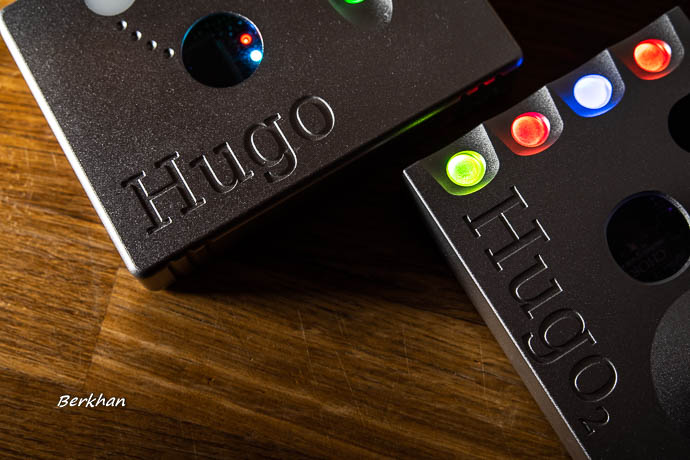
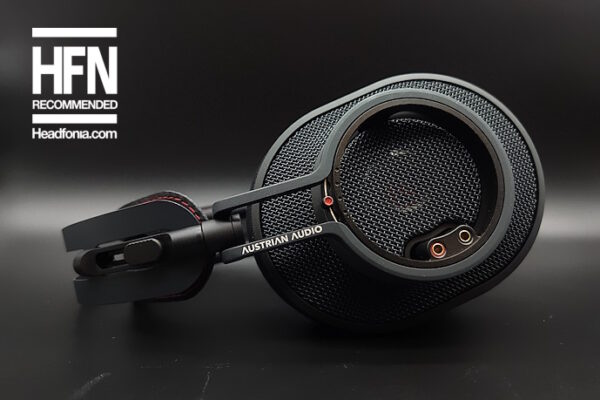

Booker
Nice summation of the differences. I really like pieces like this – please keep the coming!
Something that sounded great a few years ago probably still does now – our hearing hasn’t evolved in that time after all, just maybe our expectations 🙂 I think it’s good to continue appreciating good gear and remind people enjoying audio and music isn’t all about having the latest and greatest.
Also I think one of the bonuses of an article like this is it’s good to take stock some time after a product has been out, after any initial hype or excitement has died down and you can just look with a more even approach where neither is particularly new, just appreciating each for what sound it can offer you.
Berkhan
That’s very nice of you. Thank you very much. I love paying tributes to great gear but unfortunately we’re usually very packed up with the new stuff that we need to post.
I liked the point you brought up, the hype. When the hype is clear, you can then look at things from an objective standpoint and see the true value of the product. And I clearly appreciate what Chord has done over the past few years.
Gianluca
I own the HUGO and the HUGO 2 and I’m happy to ear that we have same feelings. When I bought the 2 I thought I would resell the HUGO, but finally I did not. There’s something in the sound of the original one I can’t find in the HUGO 2.
Berkhan
Thank you. Nice to hear identical opinions
Harsha
Can you specify the brand and model of speakers, that you use with Hugo ? Personally, I don’t find the Hugo 2 analytical at all. What I feel is, if you feed it non-bit perfect music (OR) if you connect it to a noisy USB source, then yes, it will sound harsh. My preference is Optical.
Berkhan
It’s analytical when compared with the original Hugo. That’s what I meant.
I use JBL LSR308s.